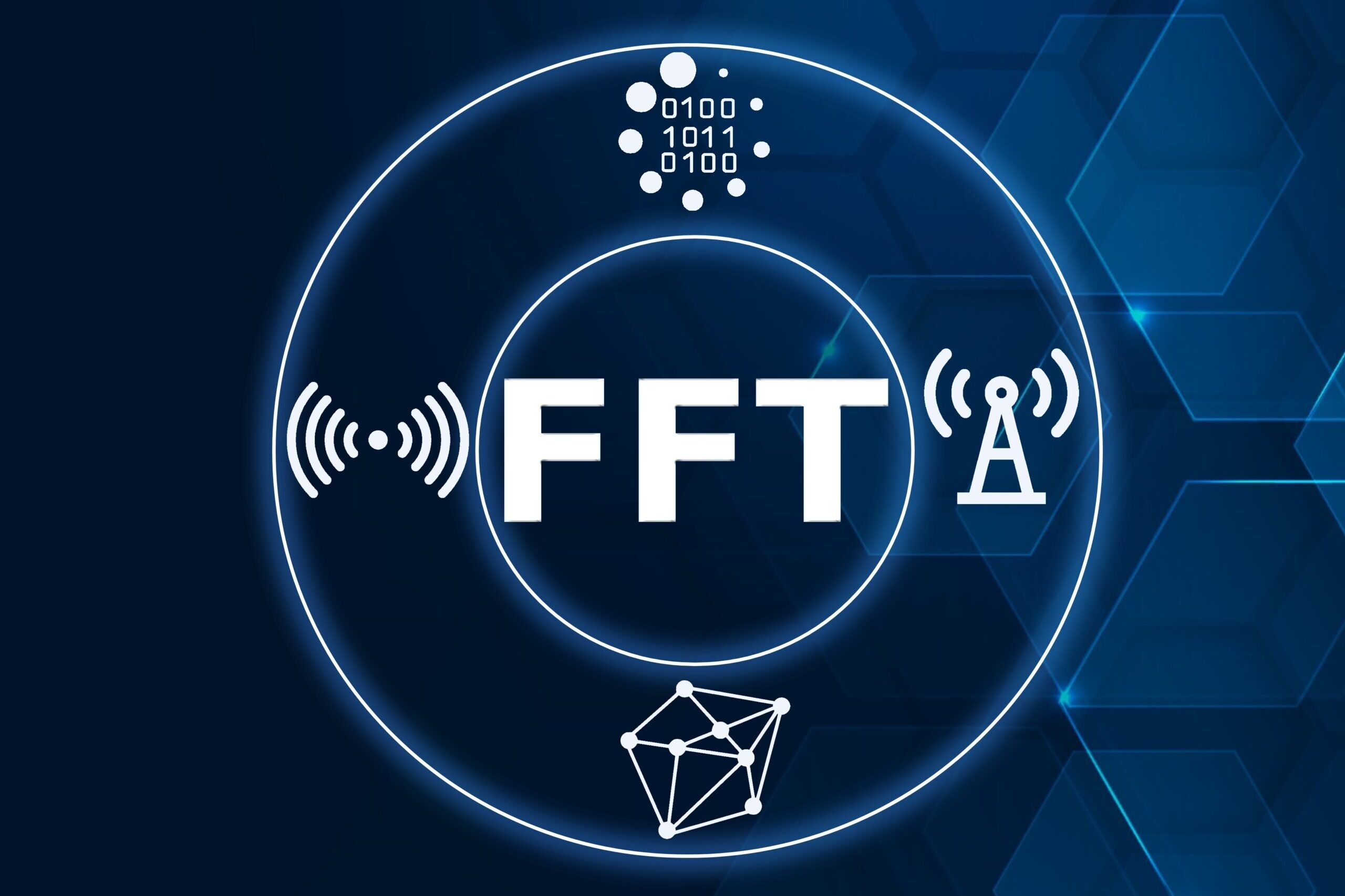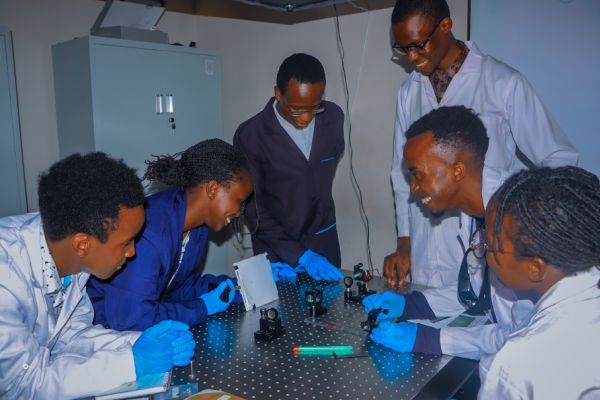George L. Fischer
Nubis Communications, New Providence, New Jersey
george.fischer@nubis-inc.com
Abstract— In addition to the science you bring, the best outreach shares your personality, so creating your own show is ideal. Everyday items gently draw students in and clearly demonstrate that STEM is all around them. Two conceptually simple science shows are detailed to spark your imagination. A simple machines obstacle course has participants complete the same tasks with and without mechanical advantage. An electricity project has participants make their own series and parallel circuits powered by a recycled adapter that they can take home to run other projects.
Keywords—STEM, Circuits, Simple Machines, Recycling
I. INTRODUCTION
Watching the frontiers of photonics ever expand, one realizes that today’s cutting-edge discovery will not long define a field. To extend our reach, inspiring the next generation is key. STEM outreach is a way to attract these children to technical careers [1]. One day these children will continue (and shoot past) our efforts. Our biggest contributions may very well be the new researchers we add to the future workforce. One popular way to engage students is a STEM outreach event at their school, library, or club. The two halves of such events are the science and the scientist. Following this general section on science outreach events, two example shows are outlined. The first is the Simple Machines Obstacle Course, the second is an electricity set with recycled DC power adapter for its power source. It might seem to go against the philosophy of setting up your own show to include specific examples, but you will definitely learn enough along the way and improve on these demonstrations to call it your own show if you add either or both of these events to your repertoire.
II. THE SHOW
A. The Science
An outreach event should be memorable, fast paced, factually impeccable, understandable, transferrable, amazing-but not a magic show. At least a part of the demonstration lineup should be something that the attendees could recreate and even expand upon at home. You want to present the big picture. The concepts that you cover should be easily transferable to other disciplines and fields. The audience should come away realizing that they have been utilizing special cases of the concepts shown in the demonstrations all their lives, but that now they have a broader understanding of the underlying science. Parents and teachers filming and photographing the show give the children the sense that science isn’t just for kids and that the show isn’t just for people forced to attend.

B. The Scientist
Conference travel funding provided by Nubis-Communications.
Think back on your life to the times you made connections and scientific concepts became clear to you. Since you still remember those moments, they likely played a key role in your development as a scientist. Stories of going from “not knowing” to “knowing” and what it was that propelled you forward into understanding are of great interest to children. They also love to hear how you failed and learned from the failure. They will note that setbacks didn’t keep you from continuing. Presenting a show that you have helped design demonstrates that you cared enough about them and their future to put in the brawn and brainpower to organize everything for them. If you need to run a canned show this time, think of ways to personalize it for your audience today, and come up with your own show for next time.
To attract the cream of the crop, the students who could choose any profession, make sure to mention all of the soft skills that go into your job. Consensus building and convincing skills are utilized in any proposal package. Those who love writing will be delighted to hear that they will “get” to put together the proposal itself. To prevent disillusionment, make sure that they know there are tedious days, and projects that lose funding, and experiments with no conclusions. It is noteworthy that this sober reality awaits them only after their surviving the rigors of a degree program.
The fear of falling behind other nations is often given as the main motivation for engaging in STEM outreach, but I like to stress the fun lifestyle of the scientist. There is something very enjoyable in thinking and wrestling with problems that people care about. The thrill of getting something to work when there is no commercial off-the-shelf solution is hard to beat.
III. SIMPLE MACHINES OBSTACLE COURSE
In this event, participants will attempt to complete a course two ways: first without- and then with mechanical advantage. One or two stations can be thought up for each of the simple machines. Children love to show you how strong they are, so make some stations possible by them with brute force. One wheel and axle station involves removing screws from a board with just your hand or with a screwdriver. The screwdriver handle and the screw head provide wheels of two different diameters. At first, long skinny screwdrivers might be considered the best and the contestants can see firsthand that the ratio in diameters between the grip and the screw head define the mechanical advantage. Try to make a screwdriver with a steering wheel size handle to really drive this point home to them. For the inclined plane, I borrow a skateboard or a scooter. The brute force method would have the contestant lift a full book bag or a second participant straight up. The mechanical advantage way would be to push the scooter sideways and up along the inclined plane. Note that lifting someone straight up is the only physics work. Carrying someone along a level path gives you a workout, but is not work in the current sense of the word. For this reason, it is important to have a smooth ramp and wheels that roll well with little friction. These are some of the examples of how this show can be used to clear up misunderstandings on power, force, energy, work, heat, and food calories. A hand truck is another way for one participant to lift another and an example of a lever. For the first few centimeters, the hand truck acts as a first-class lever. This is the challenge at this station; lifting the load several centimeters with the hand truck as opposed to by hand. For trustworthy competitors and trusting loads, however, the “lifting” can be continued as the truck switches to a second-class lever and the load is gently tipped downward and the center of mass passes over the fulcrum to the same side as the force. The competitor will feel that the mechanical advantage is greatly reduced, to around two. Older children will see similar triangles in this lever. Another station with first class levers involves claw hammers and crowbars to pull nails from a board. Adults are often ten times stronger than children, yet children can remove nails with a crowbar yet grownups, using their superior strength, cannot remove the nails bare handed. This is a chance to have the children consider why not. Clearly, there is something more than simple machines involved. For pulleys, I set up bowling balls with clothesline pullies. I try to have mechanical advantages of 0.5, 1, and 2 using a single pulley, and of 3 and 4 using two pullies. Bowling ball donors were never a problem, but note that not all bowling balls weigh the same, so get plenty and then bin them. As a separate pully demonstration, I use a block and tackle and have each student hold a rope. When the load is lifted, they like to see the different speeds and directions in which their rope moves. In all stations, have them note distance and force. The product is always the same, so these are not labor-saving devices; rather force saving. In addition to the obstacle course, kitchen gadgets are familiar and good for showing types of levers. In the context of pulleys, a mechanical advantage of unity was mentioned. Ask the students why we would ever want a system with mechanical advantage of one. After all, the rope and the pulley aren’t weightless and so could add work to the job. Fractional mechanical advantage was also mentioned, and often greater speed, with the accompanying reduction in force, is required. To show this, select participants first throw and then hit a badminton birdie. We also discuss third class levers, which apply a smaller force to the load. The participants often come up with good reasons for why we have tweezers or even test tube tongs with a mechanical advantage of unity. As a challenge question, ask how an airbag functions as a simple machine. After this event, participants should be able to explain the following three sentences: Work smarter; not harder, There is an energy crisis, but not a force crisis, There is no such thing as a free lunch.

IV. ELECTRICITY SET
Wouldn’t it be great if your electricity set didn’t rely upon batteries that inevitably corrode or run out of energy? In this event participants make their own series and parallel circuits from old mini holiday light strings powered by safe low voltage DC power adapters that they get to bring home. Attendees will gain familiarity with cutting and stripping wire. They will also see the brightness difference between series and parallel circuits. Additional components could be added to the circuit.
Most engineering teams have a drawer of DC power adapters from junk equipment. Many families throw away an average of one string of mini holiday lights each year. Adding these two together provides the makings of a great hands-on event, and it encourages true recycling [2]. Add wire cutters and you have all the supplies that you need. A fifty lamp string plugs into a 110V socket, so each bulb is about 2.2 V. If you can find five-bulb sections that work, you would have a good number for a 9V adapter to power (with other voltages adjust accordingly). If you take two of these sections and strip some of the wire at each end you could twist them into a ten-bulb chain and power it with the 9V power adapter. The participants compare this series string with two five-bulb sections connected in parallel.
Other components can be added to the circuit. Children always love to see things move, so a popsicle stick propeller on a motor could be added with lights to keep the voltage drop safe for the rating of the motor. Reversing the polarity changes the direction of motion. If a diode is added to the circuit, note that some LEDs now come with extra circuitry so that they work in both directions.
The mini light strings themselves are an engineering marvel. With high school or older participants, snipping the filament on a known good bulb that has then had its bulb broken provides an opportunity to measure the resistance of the parallel shunt before it fuses to low resistance. If the bases are removed the series of short wires making the strand can be recovered. The long return wire can be cut for alligator clip jumpers.
REFERENCES
[1] R. C. Tillinghast, D. C. Appel, C. Winsor and M. Mansouri, “STEM Outreach: A Literature Review and Definition,” 2020 IEEE Integrated STEM Education Conference (ISEC), Princeton, NJ, USA, 2020, pp. 1-20, doi: 10.1109/ISEC49744.2020.9280745.
[2] S. Varghese and M. Sharma, “Engaging students in e-waste management through outreach programs,” 2022 IEEE Integrated STEM Education Conference (ISEC), Princeton, NJ, USA, 2022, pp. 391-394, doi: 10.1109/ISEC54952.2022.10025248.





